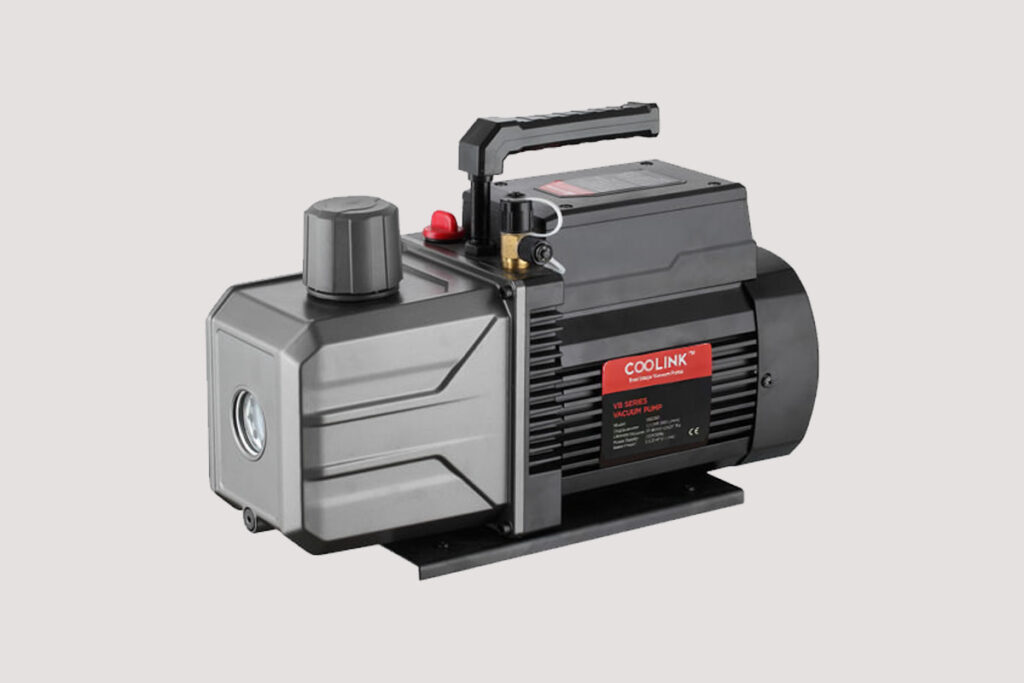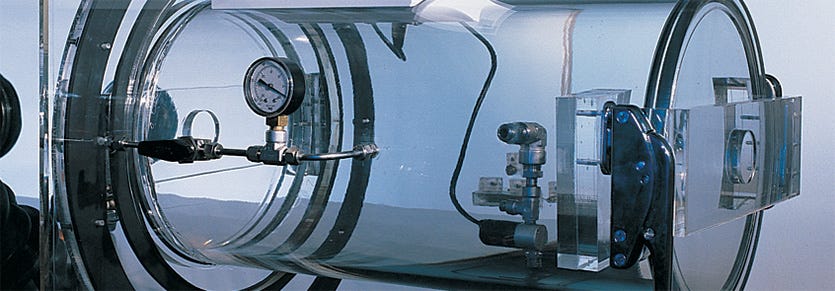Have you ever wondered how scientists and engineers measure extremely low pressures in a vacuum? If you’re curious about what a deep vacuum is usually measured in, you’re in the right place.
Understanding these measurements is key to grasping how various technologies—from space exploration to electronics manufacturing—work behind the scenes. Keep reading, and you’ll discover the simple units that help us quantify something invisible yet crucial to many fields. This knowledge could change the way you see the world around you.

Credit: www.instagram.com
Table of Contents
ToggleVacuum Measurement Basics
A deep vacuummeans very low pressure inside a space. It is usually measured by how much air is removed. The common units are Pascal (Pa), Torr, and microns. One Torr equals one millimeter of mercury. Microns show pressure in thousandths of a Torr. The smaller the number, the deeper the vacuum.
Accurate measurement is very important. It helps in industries like electronics, science, and manufacturing. Good measurement ensures machines work correctlyand safely. It also helps to find leaks or problems in vacuum systems.

Credit: hvacolink.com
Units Used For Deep Vacuum
Deep vacuumis a measure of very low pressure. It uses special units to show how little air is left inside a space.
Torrand millitorrare common units. One torr is about equal to the pressure of one millimeter of mercury. Millitorr is one thousandth of a torr, used for very small pressures.
Pascaland micropascalcome from the metric system. One pascal is a small unit of pressure. Micropascal is one millionth of a pascal, used for very tiny pressures in deep vacuum.
Atmospheresand millibaralso measure pressure. One atmosphere is the pressure of air at sea level. Millibar is one thousandth of an atmosphere, used often in weather and vacuum science.
Common Vacuum Gauges
Ionization gaugesmeasure very low pressures by counting ionized gas particles. They work well in deep vacuum rangesfrom 10-3to 10-10Torr. These gauges use a hot filament to create ions and measure their current.
Penning gaugesuse a magnetic field to trap electrons and produce ions. They are good for measuring vacuumaround 10-4to 10-9Torr. Penning gauges are often used in industrial vacuum systems for their durability.
Capacitance manometersmeasure pressure by sensing changes in capacitance between a diaphragm and a fixed plate. They provide accurate readings in the range from atmospheric pressure down to about 10-3Torr. These gauges are useful for precise pressure control.

Credit: www.terrauniversal.com
Measurement Techniques
Deep vacuum is usually measured in units like torr or pascal, indicating very low pressure. These units help show how much air or gas is left inside a vacuum chamber. Accurate measurement is key for processes needing strong vacuum conditions.
Direct Pressure Measurement
Deep vacuum is often measured using devices like vacuum gauges. These gauges help read the pressure directly. They are highly sensitive and provide accurate data. Mechanical gauges use moving parts to measure pressure. Electronic gauges use sensors for better precision. Both types are useful in different situations.
Indirect Methods
Some methods measure vacuum indirectly. These methods rely on changes in physical properties. For example, thermal conductivity can change with pressure. This helps estimate the vacuum level. Ionization gauges measure the number of ions present. This provides an indirect measure of vacuum strength.
Calibration And Accuracy
Calibration ensures accuracy of vacuum measurements. Devices must be checked regularly. Standard references help in calibration. Accurate readings help in scientific research and industry. Errors can lead to wrong results. Always verify measurements to ensure precision.
Applications Of Deep Vacuum Measurement
Deep vacuum measurementis crucial in many fields. It shows how low the pressure is in a space. Scientists use it to study gases and particles. They need very low pressure to avoid interference in their experiments.
In industrial processes, deep vacuum helps in making products like plastics and electronics. It removes air and moisture, which can spoil materials. This improves product quality and safety.
Space and semiconductor technologiesrely on deep vacuum for device manufacturing. Vacuum chambers simulate space conditions for testing satellites. Semiconductor makers use vacuum to place tiny parts without dust or dirt.
Frequently Asked Questions
What Units Measure Deep Vacuum Pressure?
Deep vacuum pressure is usually measured in millitorr (mTorr) or microns.
How Low Can Deep Vacuum Pressure Go?
Deep vacuum typically ranges from 0. 001 to 1 millitorr, very close to a perfect vacuum.
Why Use Millitorr For Deep Vacuum Measurement?
Millitorr offers precise readings needed for extremely low pressure in deep vacuum systems.
Conclusion
Deep vacuum measures how empty a space is of air or gas. It uses units like pascals or torrs to show pressure levels. Knowing these units helps understand vacuum strength better. This knowledge is useful in science, industry, and technology fields.
Always choose the right unit for accurate readings. Understanding deep vacuum units makes work easier and clearer. Keep these basics in mind when dealing with vacuum systems. Clear pressure measurement leads to better results. Simple and correct units make a big difference.

